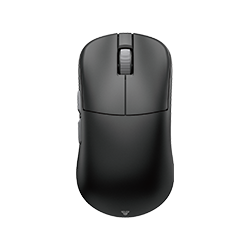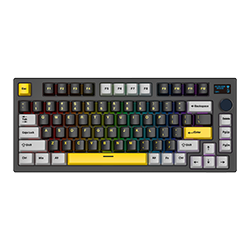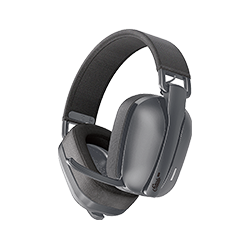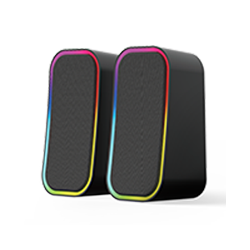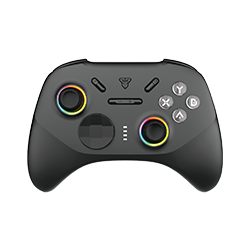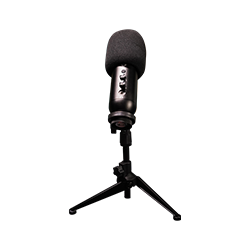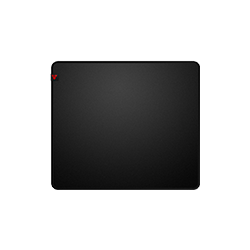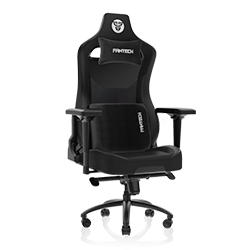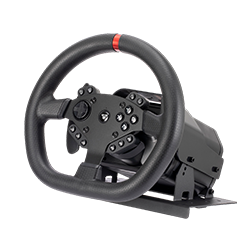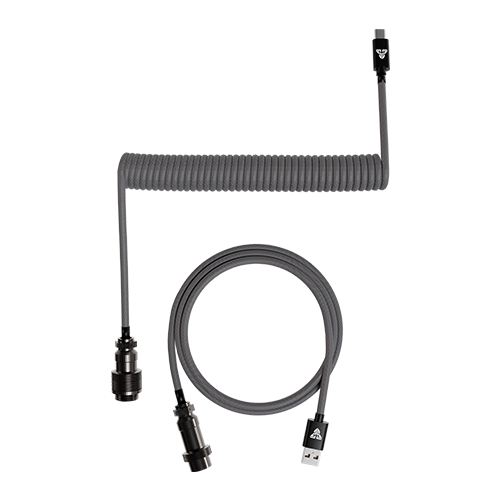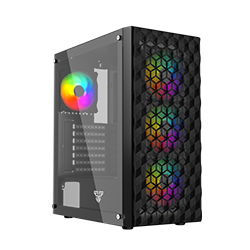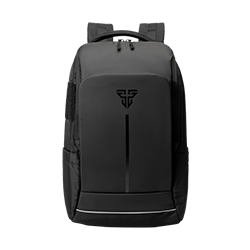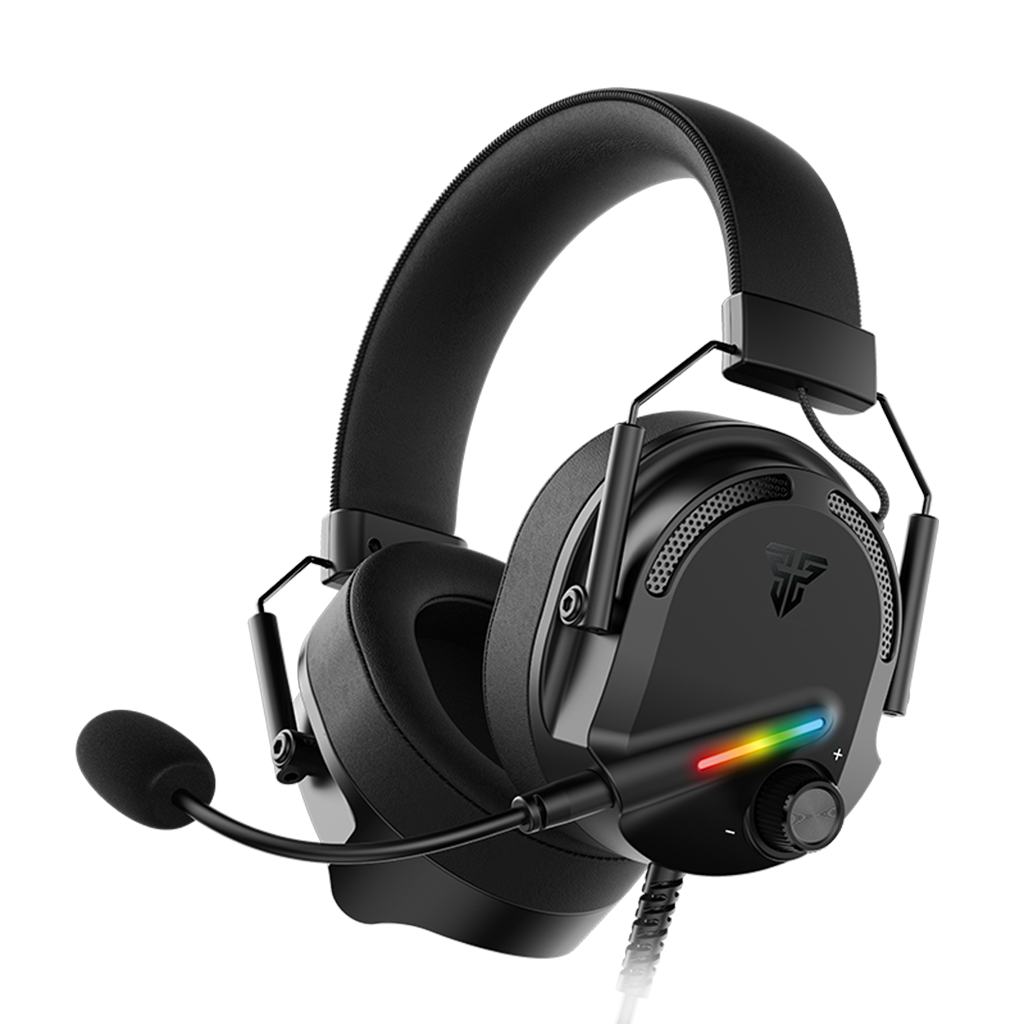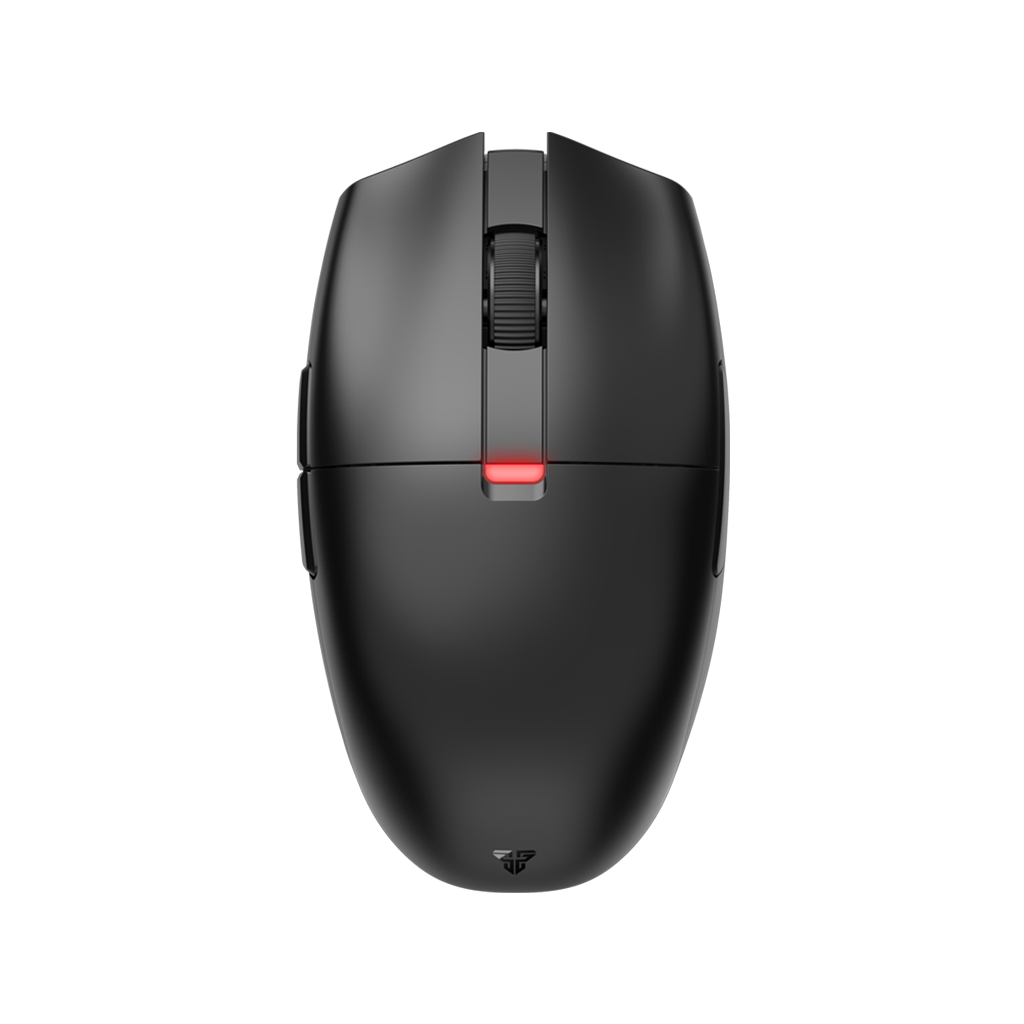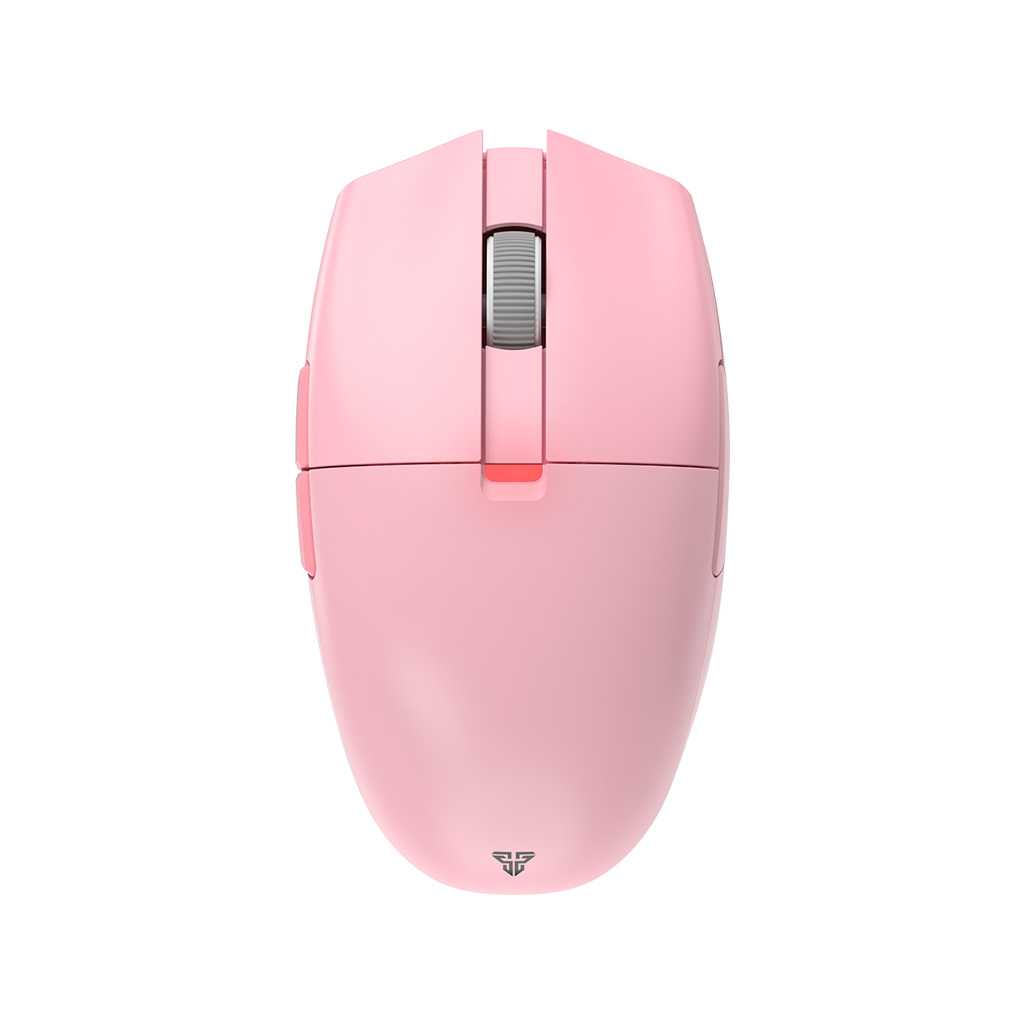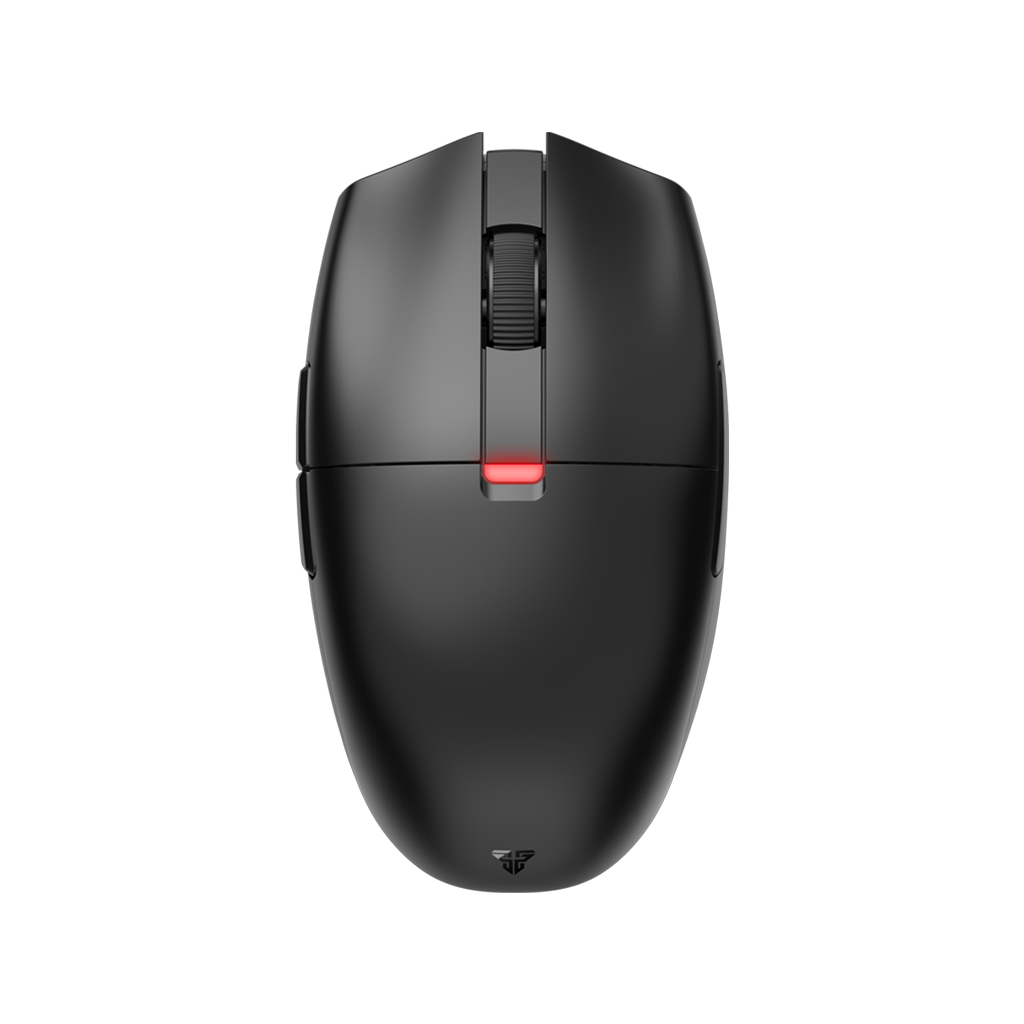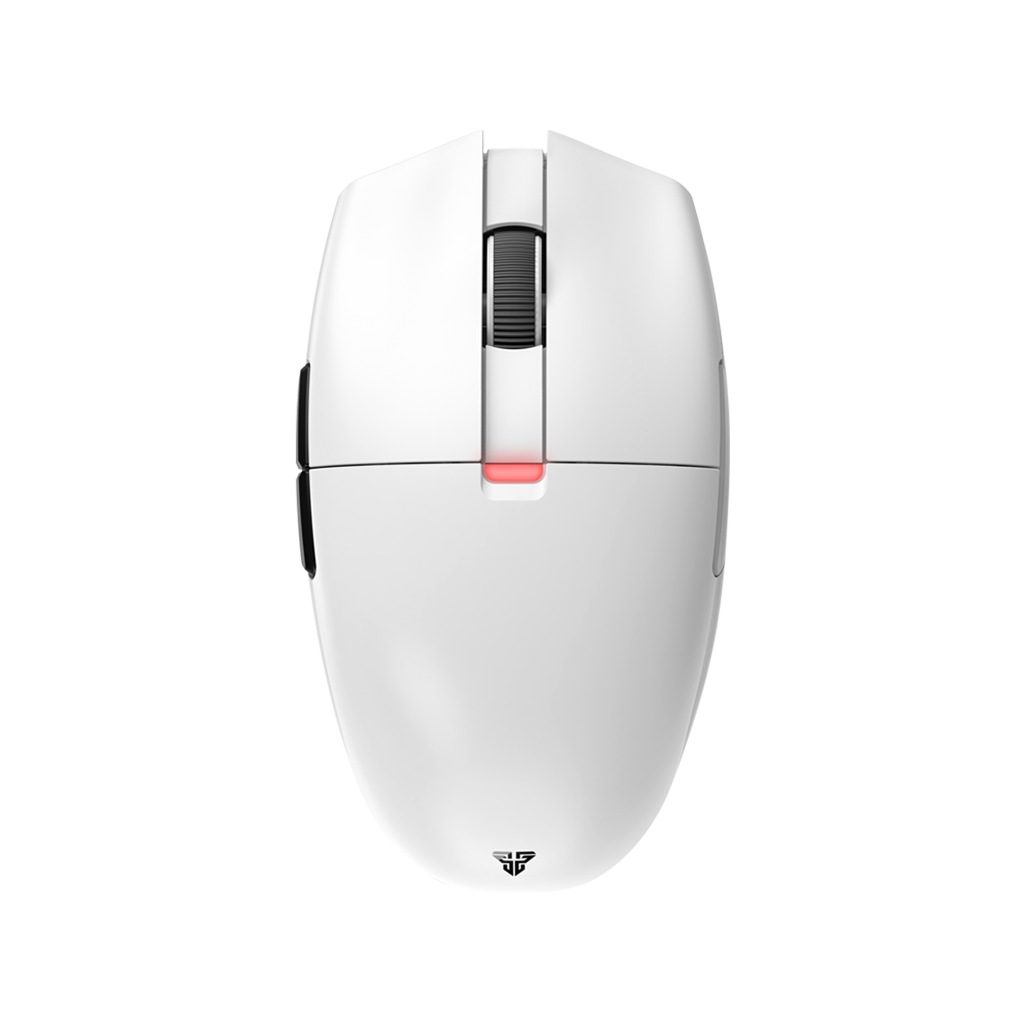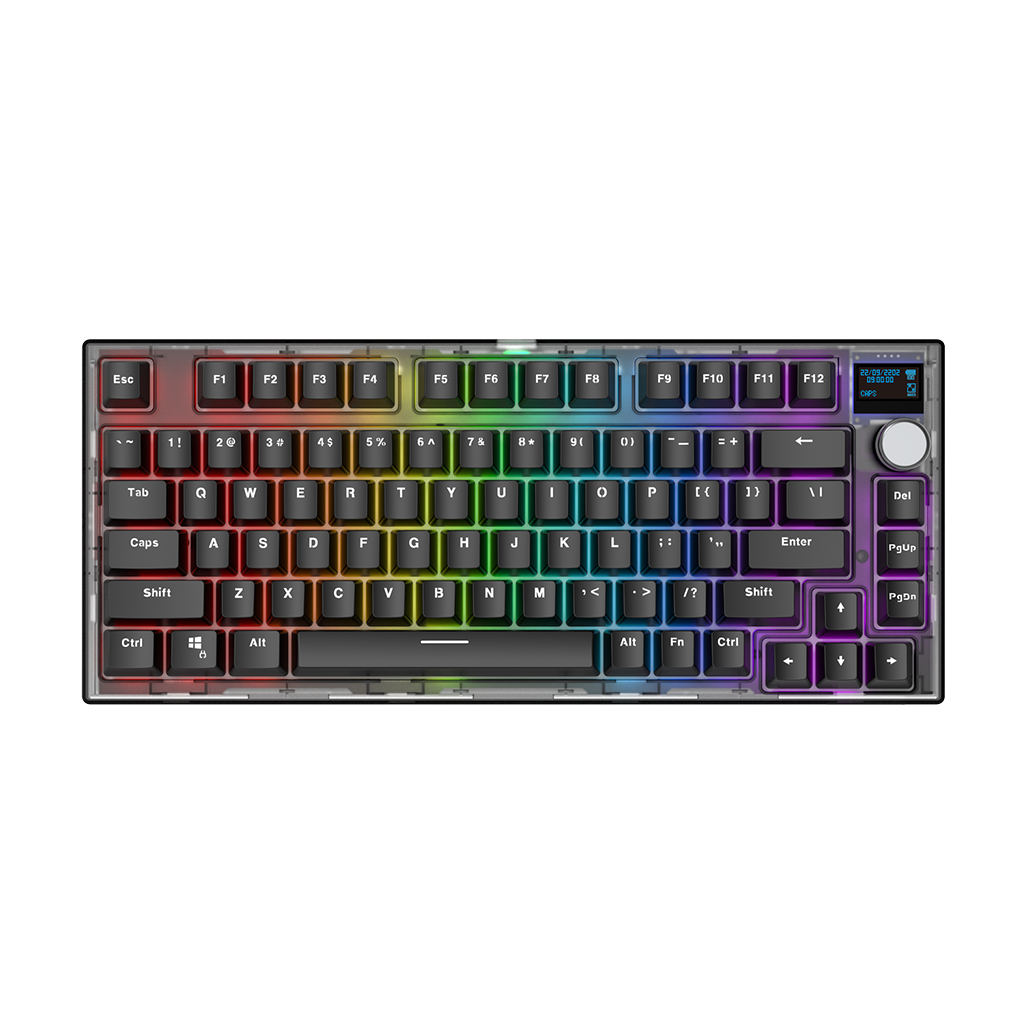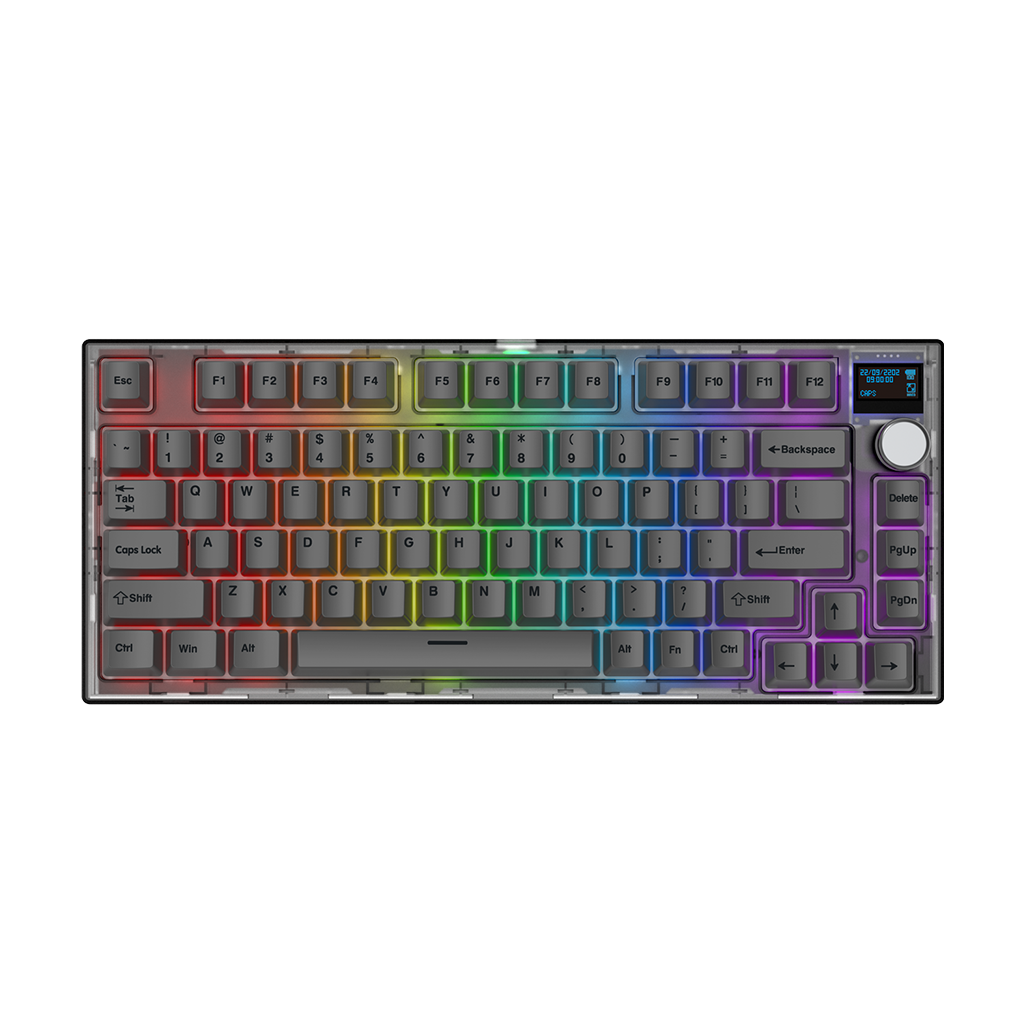Gaming Mouse Ultimate Guide - LOD, Ripple Control, Ambi & More!
When purchasing a gaming mouse, all of the different industry terminology may be a little confusing! What is DPI? What is LOD? What does Ergo or Ambi mean? Knowing all these terms will help you to better understand your mouse, and to choose one that is perfect for you.

What is LOD? What is DPI? Polling Rate? Angle Snapping? Learn here!
-
LOD: LOD stands for “Lift Off Distance”. This refers to the height of when a mouse will stop sensing movement (tracking), when it is lifted off of the mouse pad. Lower than 3mm LOD is optimal in most cases to ensure fast and accurate movement.
- DPI: DPI stands for “Dots per inch”. In mice, it refers to the sensitivity of the mouse. A higher DPI will allow for faster mouse movements with less hand movement. Lower DPI can allow for slower and more accurate movements, in most cases.
-
Polling Rate: Polling Rate is how many times per second that your mouse communicates with your computer to report it’s movement. Usually, this is measured in hertz (hz), and higher amounts means the mouse will communicate it’s position more often. This allows for faster communication with the PC, and ultimately, better gaming performance.
- Sensor (PMW, PAW, etc): This is what allows the mouse to register your movements. Most gaming mice will openly advertise their sensor, as a means of allowing gamers to see what they can do with the mouse. PAW and PMW are acronyms of different types of sensors that Pixart (a large sensor company) produces. Many gamers are looking for higher end sensors such as the Pixart 3335, 3370, 3389, etc, as each has their own characteristics and features. PAW refers to energy efficient sensors, typically used in wireless gaming mice, while PMW refers to the full power sensors which are usually used in wired gaming mice.
- Angle Snapping: Angle Snapping is usually available in high end mice, and it allows the mouse sensor to attempt to straighten out your movements. This is useful when drawing straight lines or doing other editing work where mouse movements need to be precise. Some lower-end mice may also feature this as well, depending on the sensor.
- Ripple Control: Ripple Control is again usually available in high end mice, and it allows the mouse sensor to smooth your movements. This may be useful for some gamers and editors who wish to have more control at a higher DPI. Some lower-end mice may have this feature as well, depending on the sensor.
- Macro: Macro allows you either make one button act as if it was another button, as well as allowing that button to be used for multiple button presses. In other words, your mouse buttons can be set to do multiple actions such as double clicking, or even be used for activating a keyboard key, or other combinations.
- Ambi / Ambidextrous: Ambi refers to the general shape of the mouse, and how it is designed. Ambi mice are designed to be a parallel shape, meaning that both sides of the mouse have the same design and curvature. It is worth mentioning that not all Ambi mice are actually ambidextrous. This means that while you could use it in your left hand, some of the buttons may not be accessible.
- Ergo / Ergonomic: Ergo refers to the general shape of the mouse. Ergo mice are designed to fit to the natural contours of your hand and grip while using. This means usually they can be comfortable for long periods of time, and are usually designed to fit your hand as it naturally rests on the mouse. Keep in mind that while an Ambi mouse can be used in both hands, albeit not perfectly, an ergo mouse is designed for only either the left hand or right hand.
- Mouse Skates / Feet: Mouse Skates are the soft pads on the bottom of the mouse that allows it to glide effortlessly across the mouse pad to ensure smooth movement. For more information, please see our “Mouse Skates” related article: Easy Guide to Mouse Skates .
- Weight / Size: In today’s market, weight and size of the mice are important to some gamers, as they wish to have a lighter weight mouse, with a size that fits their grip type. (For more info on grip types, please see our article: Mouse Grip Types ) This is a personal preference, and it’s suggested that you know your hand size and grip type, so you can find the mouse that perfectly fits your requirements.
- On-Board Memory: On-board memory refers to a feature the medium and high-end gaming mice have, where they have the ability to store information directly on the memory of the mouse itself. Commonly, this on-board memory is used to store RGB, macro, DPI and other preferred settings, and allows gamers to easily change to their different presets to match different games or play styles.
-
Programmable Buttons: On a mouse, there are the usual “face” buttons, such as the mouse buttons, scroll wheel, page up, page down, etc. These refer to the Programmable Buttons, when a mouse specification states that it has these. These buttons can have Macros assigned to them. There may be other buttons as well, such as an RGB ON/OFF, Power ON/OFF, Bluetooth Mode, etc. These are not programmable.
- Double Click: This refers to a mouse that clicks twice for every physical single click of the button. Some gamers, most notably Minecraft players, want to find a mouse that can double click, or at least has software that can adjust the clicking rate to become double. However, for most users, a mouse that exhibits "double click", and is unable to be changed, means it is defective and the switch has become damaged due to long-term (sometimes even short-term) usage. This is not the same as deliberately double clicking with your mouse.
Best Gaming Mouse for Your Style
We hope that our guide has helped you to better understand what LOD, DPI, weight/size, ripple control and other important features are! Gaming Mice differ from office mice, and can be a bit daunting to understand. Don't worry, as we'll always have you covered.
If you're looking to buy a new gaming mouse, feel free to look at our three suggestions below! We have gaming mice that cover all different price points and features!
Best Current Fantech Wireless Mouse for e-Sports and Pro Gaming:
HELIOS XD3
MACRO RGB GAMING MOUSE
- PixArt 3335 Gaming Sensor
- Up to 400 IPS / 40G Acceleration
- On-the-fly Adjustable DPI 100-16,000 DPI
- 1000Hz Polling Rate
- Huano 50 Million Clicks Lifetime
- Running RGB with 4 RGB modes
- Six Independently Programmable Buttons
- 1.8m Type-C Paracord
- Size: 120mm x 58mm x 38mm
CRYPTO VX7
MACRO GAMING MOUSE
- Instant Optical Sensor
- Up to 60 IPS / 15G Acceleration
- On-the-fly Adjustable DPI 200-8,000 DPI
- 125Hz Polling Rate
- Huano 10 Million Clicks Lifetime
- 4 Colors LED
- Six Independently Programmable Buttons
- 1.8m Nylon Braided USB Cable
- Size: 128mm x 68mm x 41mm
Best Current Fantech Mouse for Ergonomic Grip:
HERO UX1
ULTIMATE MACRO RGB GAMING MOUSE
- PixArt 3389 Gaming Sensor
- Up to 400 IPS / 50G Acceleration
- On-the-fly Adjustable DPI 50-16,000 DPI
- 1000Hz Polling Rate
- Omron 50 Million Clicks Lifetime
- RGB 16.8 Million Customizable Color Options
- Eight Independently Programmable Buttons
- 1.8m Nylon Braided USB Cable
- Size: 130mm x 70mm x 40mm
Best Current Fantech Mouse for Lightweight:
HELIOS UX3 SPACE EDITION
MACRO RGB GAMING MOUSE
- PixArt PMW 3389 Gaming Sensor
- Up to 400 IPS / 50G Acceleration
- On-the-fly Adjustable DPI 400-16,000 DPI
- 1000Hz Polling Rate
- Huano 50 Million Clicks Lifetime
- Running RGB with RGB modes
- 1.8m Paracord USB Cable
